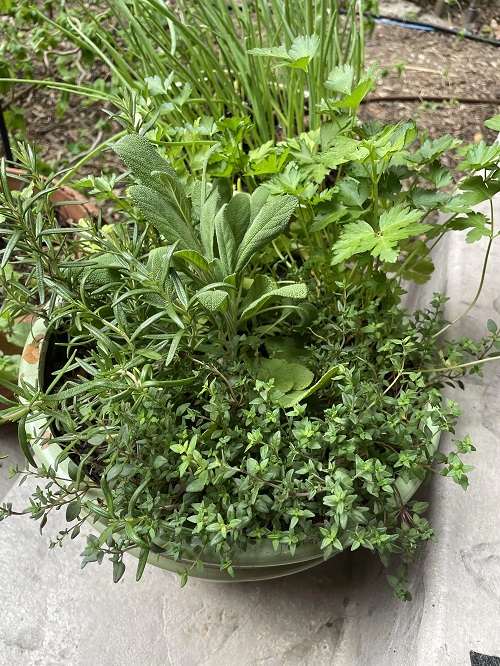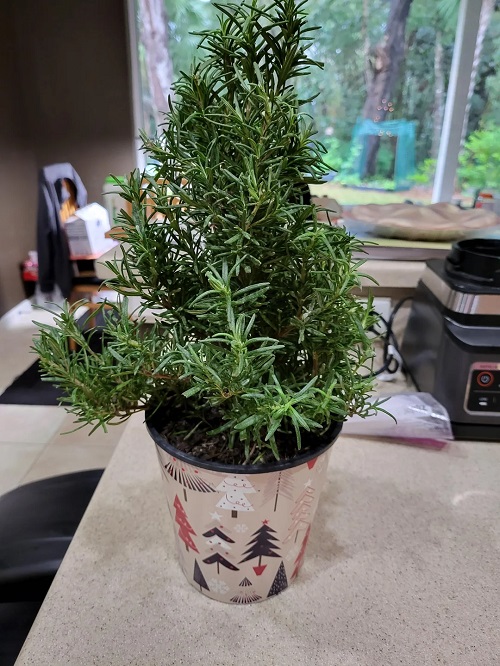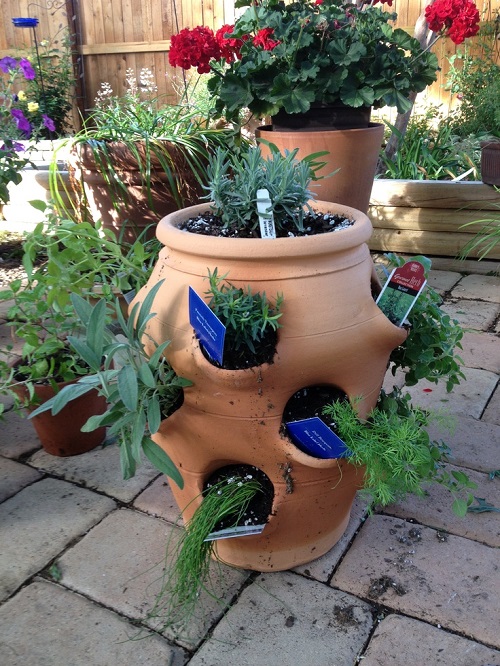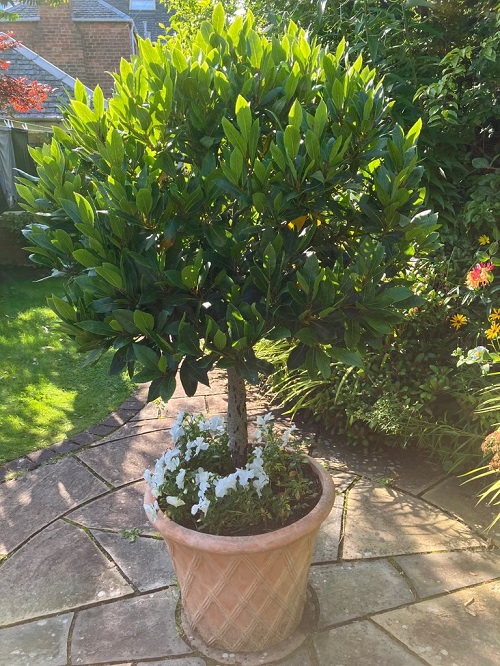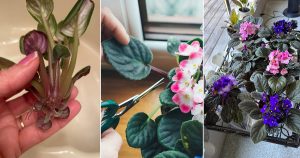Growing herbs in pots is simple and fun. Add fresh taste to your meals with easy-to-grow herbs right on your balcony or kitchen.
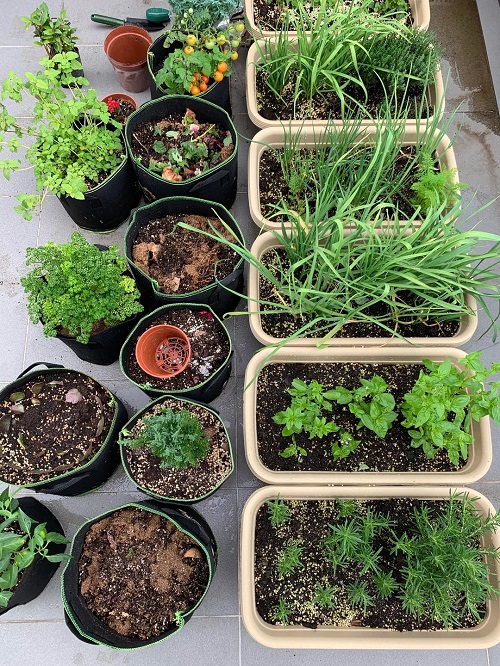
Growing herbs in pots is a simple and rewarding way to enjoy fresh flavors at home. Whether you have a balcony, kitchen window, or small garden, potted herbs grow well in any space. With just a little care, you can enjoy basil, mint, or parsley whenever you need.
Planting a Scarborough Fair herb garden
Back in the 1960s, Simon and Garfunkel sang about them in the haunting song “Scarborough Fair.” Today, parsley, sage, rosemary, and thyme remain herb garden standards, adding their distinctive notes to many dishes. You can grow them together in one large container or individual ones, which lets you meet their specific needs. Containers should be at least 20 centimetres across and can be made of almost any material as long as they have adequate drainage holes.
Cover the holes with a piece of landscape fabric, old window screen, or coffee filter so the soil doesn’t wash out. Partly fill each container with lightly moistened, high-quality potting mix. Slip the plants out of their pots and set them in place, adjusting the soil height so the top of the root ball is about 3 centimetres below the rim. Add soil, firming it around the root ball. Water well and top with a mulch of pebbles—they’re attractive, hold moisture, and help keep the plant crowns dry.
Quick-Growing tips
Parsley: Will take a bit of shade; likes consistently moist soil, whereas the other three should dry out between waterings.
Sage: Welcomes an extra dose of nitrogen (use diluted fish fertilizer).
Rosemary: Prefers light, alkaline soil; can winter over indoors in a bright
spot if kept cool and not overwatered.
Thyme: Likes sharp drainage, so add grit to the potting mix.
Growing herbs in a strawberry pot
A strawberry pot makes a space-saving, all-in-one herb garden. Pot-wise, bigger is better, allowing more root growth. Clay is okay, but ceramic won’t dry out as quickly. Look for a pot that has planting pockets staggered at different heights around the pot. The pockets should be no smaller than 8
centimetres across and have a lip underneath to retain soil and water better.
Use a high-quality potting mix and small plants—they’re easier to get through the holes. Cover drainage holes in the base with landscape fabric and add potting mix up to the first planting pocket. Insert a plant, either by the foliage or by the roots. Firm soil around the root ball, and add more soil to the next pocket level. Repeat to the top, which can also be planted.
Watering a strawberry pot evenly can be a challenge. One trick when planting is to drill small holes along a PVC pipe and insert the pipe down the middle of the pot, leaving the top exposed (the plants on top will hide it). Water in the pipe will filter out to the plants below. If you’re concerned about PVC and edibles, food maven Gayla Trail suggests that a tall, skinny plastic bottle will work equally well.
Herbs for a strawberry pot
- Parsley and lemon balm in the lowest pockets.
- Thyme, oregano, cilantro, marjoram, and/or sage in the rest of the pockets.
- Upright herbs such as rosemary, chives, and basil in the top (resist mint, which is far too vigorous to share space).
Growing a potted bay tree standard
Evergreen bay laurel (Laurus nobilis) makes a lovely standard (i.e., a tree with a long trunk and a rounded head), providing a constant supply of delicious leaves. Pick a durable pot 35 to 45 centimetres across. Choose a sturdy young plant with a single stem that’s as straight as possible. Training these slow-growing plants into a standard takes a few years, so it’s worth getting one 60 to 90 centimetres tall to start with. Plant it in the container using high-quality potting soil amended with compost.
To train it, remove the lower branches as it grows, eventually creating a trunk 1 metre long. Keep pinching back the side branches to promote bushiness. When the plant reaches 15 centimetres above the ultimate desired height (usually around 1.8 metres, including the pot), clip the top growing tip. Prune the side shoots to about three leaves. When they have put out four or five leaves, prune again to create a globe shape. Stake the tree if it seems to be top-heavy, until the trunk has put on some girth. Set in a sunny but sheltered spot. Water regularly and feed with a balanced fertilizer every two weeks in summer. Overwinter the tree indoors or in a greenhouse, in a cool spot in indirect sun; do not overwater. Maintain its form by pruning in late spring and late summer.
To harvest, pick the leaves in the morning and dry them quickly under a weight (old phone books are good) to stop them curling, then store in an air-tight jar.


